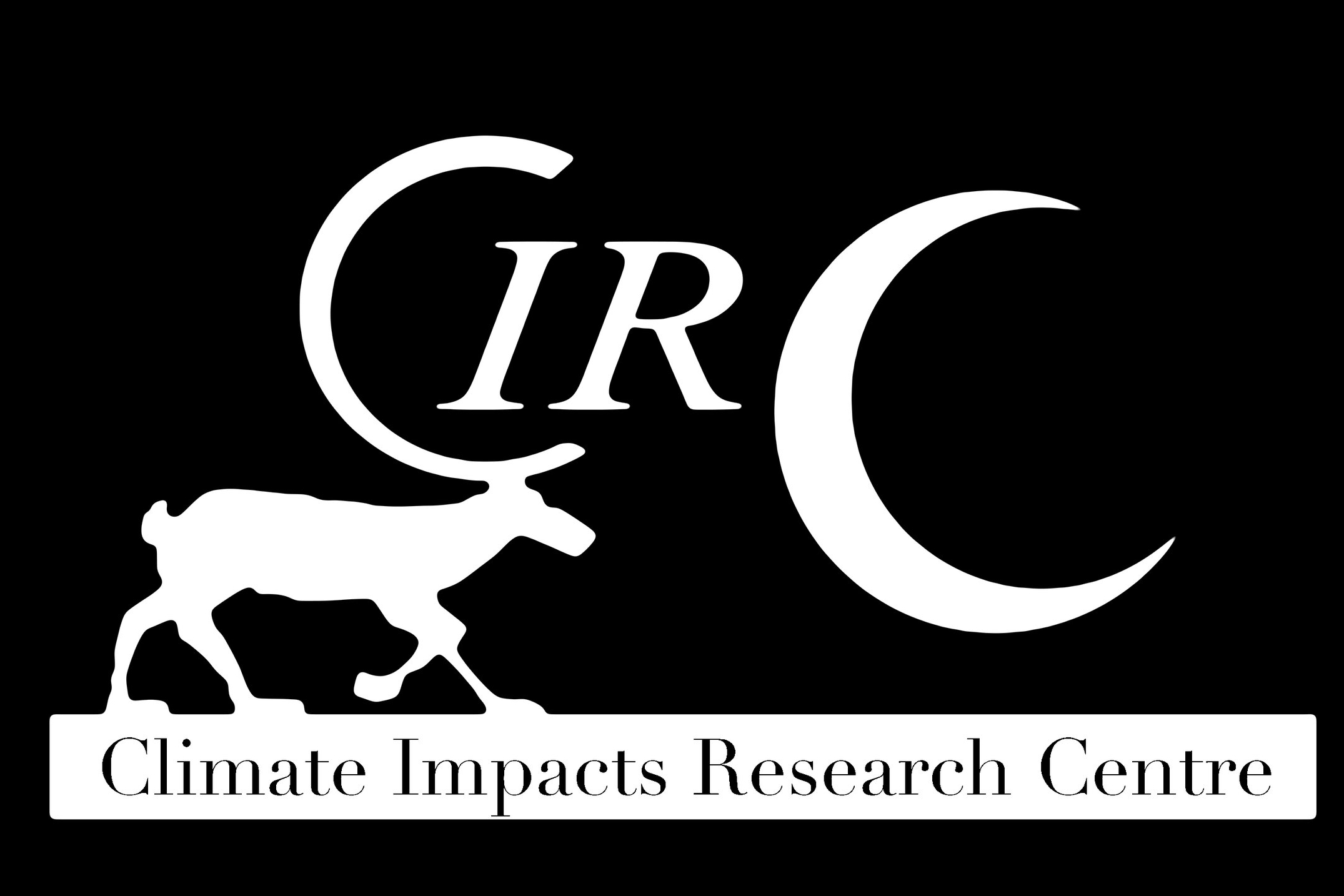Taking the pulse of Swedish rivers: using metabolism to monitor ecosystem responses to environmental change
Project Summary
Streams and rivers carry out multiple ecosystem services that respond to and integrate natural and anthropogenic perturbations across landscapes. In northern regions, a critical aspect of this ‘integration’ involves the regulation of carbon (C) transfer from land to the atmosphere and sea. In this context, the degree to which streams and rivers transform terrestrial organic carbon (OC) and act as sources of CO2 to the atmosphere is subject to much current debate. National monitoring programs have the potential to shed light on this issue, yet these efforts rarely assess aquatic ecosystem processes. As a solution, we propose adding high frequency measurements of dissolved oxygen (DO) to current monitoring programs, which allow for the calculation of fundamental metabolic rates at daily time scales. Such measures reveal the ‘pulse’ of biological activity in running waters with the temporal resolution needed to capture changes in the degradation of terrestrial OC and CO2 production and fixation in response to diverse environmental changes. The goals of this research are to 1) determine how the rates and patterns of metabolism in Swedish rivers are shaped by regional climatic gradients and anthropogenic stressors, 2) Quantify the extent to which streams and rivers in arctic, boreal, and hemi-boreal zones degrade terrestrial OC, and contribute to CO2 evasion, and 3) Advance a simple and cost efficient method to assess metabolism that will complement current monitoring programs in Sweden by adding functional metrics
Collaborators
Jan Karlsson, Umeå University
Erin Hotchkiss, Virginia Polytechnic Institute
Hjalmar Laudon, Swedish University of Agricultural Sciences, Umeå
Funding
Formas



